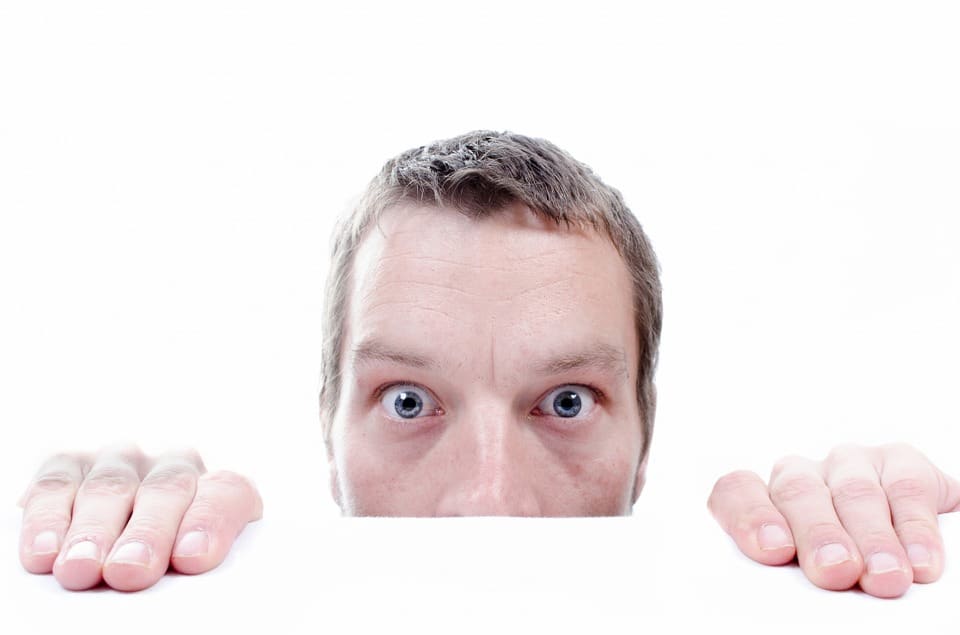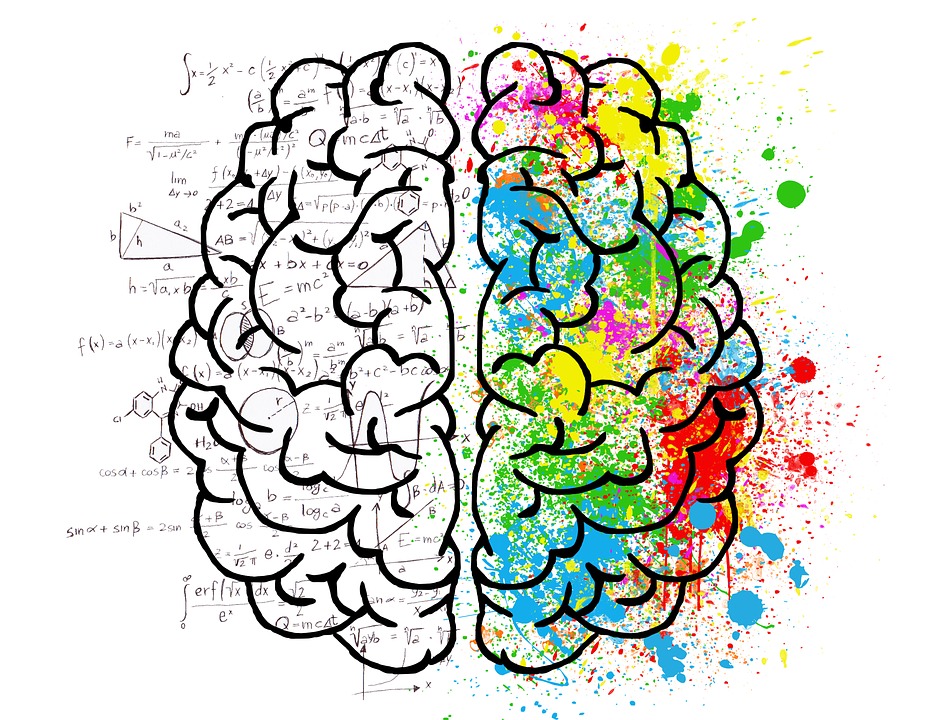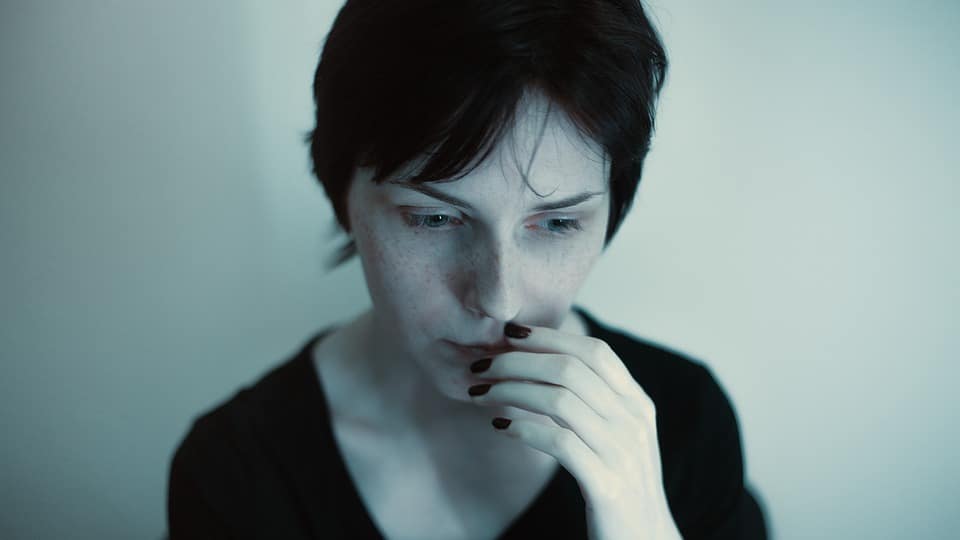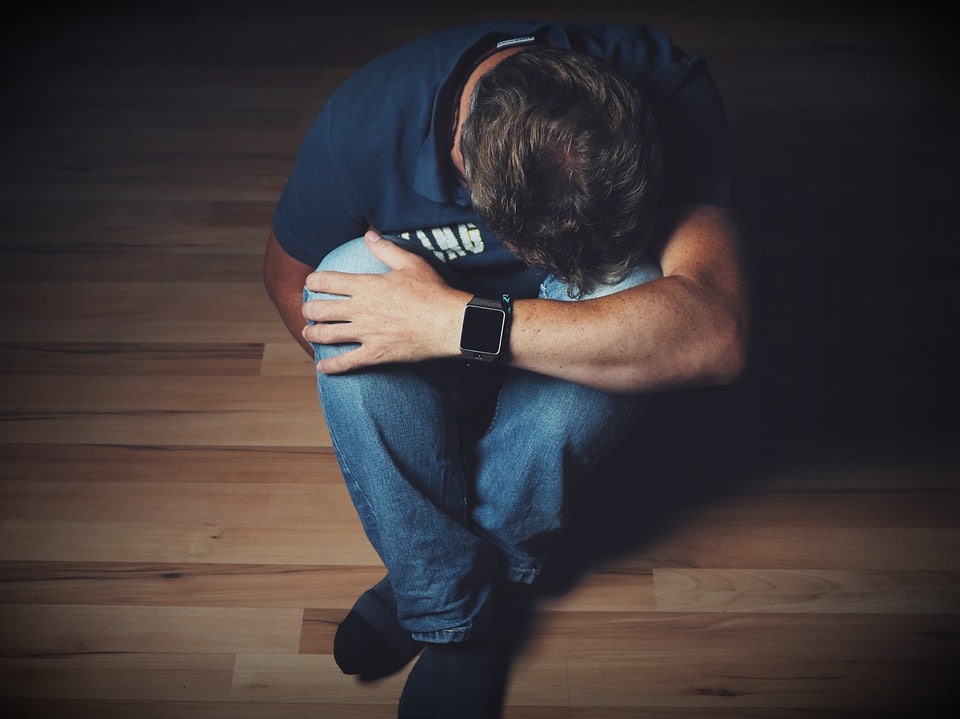In case you weren’t aware, May is National Mental Health month. Due to the topic, nature, content and scale of this blog about Mental Health I'm presenting it in summaries covering both adults and children. This is the Part II, read the Part I here.
Mood Disorders
A mood disorder is a mental health class that health professionals use to broadly describe all types of depression and bipolar disorders. These disorders, also called Affective Disorders, may involve:
- Feeling sad all the time
- Losing interest in important parts of life
- Fluctuating between extreme happiness and extreme sadness
Children, teens, and adults can have mood disorders and most do not have specific, known causes. The general consensus among medical professionals, research scientists and other therapists or specialists is that there are three main factors considered as having significant influence in patients with mental health conditions - but also recognizing the extensive research and advances science, medicine and spirit have made.


- The Brain - namely an imbalance of brain chemicals and/or abnormalities in brain structure or neurochemistry.
- Genetics - Mood disorders tend to run in families. Many studies emphasize a predisposition to and prevalence in developing a mental illness if a blood relative also had a mental health condition.
- Your physical environment, life experiences (trauma, neglect or abuse) and culture can contribute to mental illness (e.g. PTSD, DID, anxiety, depression and eating disorders to name a few). Mood disorders are often related to certain health conditions and may be substance-induced or worse yet, result in addiction and substance abuse (a vicious cycle).
Anxiety Disorders
Anxiety is more than just feeling stressed or worried. While pressure and anxious feelings are a common response to a situation where we feel under pressure, they usually pass once the stressful situation has passed, or ‘stressor’ is removed.
Anxiety is when these anxious feelings don't go away – when they're ongoing and happen without any discernible reason or cause. It’s a serious condition that makes it hard to cope with daily life. Everyone feels anxious from time to time, but for someone experiencing anxiety, these feelings aren't easily controlled. It is also present in many cases of OCD and PTSD.
GAD Generalized Anxiety Disorder - A person feels anxious on most days, worrying about lots of different things, for a period of six months or more.
Social Anxiety – A person has an intense fear of being criticized, embarrassed or humiliated, even in everyday situations, such as speaking publicly, eating in public, being assertive at work or making small talk.
Phobias – A person feels very fearful about a certain item or situation and may go to great lengths to avoid, for example, having an injection or travelling on a plane. There are many different types of phobias.
Panic Disorders - A person has panic attacks, which are intense, overwhelming and often with uncontrollable feelings of anxiety combined with a range of physical symptoms. Someone having a panic attack may experience shortness of breath, chest pain, dizziness and excessive perspiration. Sometimes, people experiencing a panic attack think they are having a heart attack or are about to die. If a person has recurrent panic attacks or persistently fears having one for more than a month, they're said to have panic disorder.

Obsessive Compulsive Disorder (OCD): A person has ongoing unwanted/intrusive thoughts and fears that cause anxiety. Although the person may acknowledge these thoughts as silly, they often try to relieve their anxiety by carrying out certain behaviors or rituals. For example, a fear of germs and contamination can lead to constant washing of hands and clothes.
A lesser known fact, that a friend recently confided in me, is that many of the imposing thoughts are violent or sexual in nature, often involving family or friends, and can even be experienced by young children).
PTSD Post Traumatic Stress Disorder can happen after a person experiences a traumatic event (e.g. war, assault, accident, disaster). Symptoms can include difficulty relaxing, upsetting dreams or flashbacks of the event, and avoidance of anything related to the event. PTSD is diagnosed when a person has symptoms for at least a month.
Autism – I will cover Autism Spectrum Disorder (ASD) which is classified as a developmental disorder comprehensively later in “Mental Illness in Children”.

Depression and Bipolar
Major depression, Dysthymia (chronic low-grade depression or irritability) SAD (Seasonal Affective Disorder), and is more than just a low mood – it's a serious condition that affects your physical and mental health. About 20% of the U.S. population reports at least one depressive symptom in a given month, and 12% report two or more in a year.
Alcoholism and other forms of drug dependence are also related to depression. Dual diagnosis - substance abuse and another psychiatric disorder, usually a mood disorder - is an increasingly serious psychiatric concern. People with serious mood disorders also have twice the average rate of nicotine addiction, and many become depressed when they try to stop smoking. Most people with major depression also show some signs of anxiety, and 15-30% have panic attacks.
Here is a useful resource.
Sadly, the list of potential mental health issues is long and there are many more – some of which I will cover in my next two posts along with some personal experiences, some comments more related to children’s issues and – more happily – some comments on treatments. We all hear the old saw: are there more mental health problems these days or is the recognition of them getting better – or their definition becoming wider? There are surely strong arguments that no matter if it is spotting the symptoms that’s better or that there are actually more cases, the fact is treatment itself - especially administered early - can be very effective.
Continue reading the Part III here.
